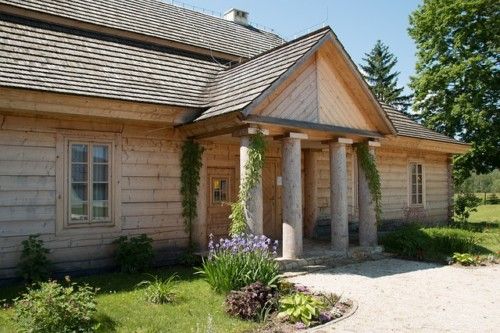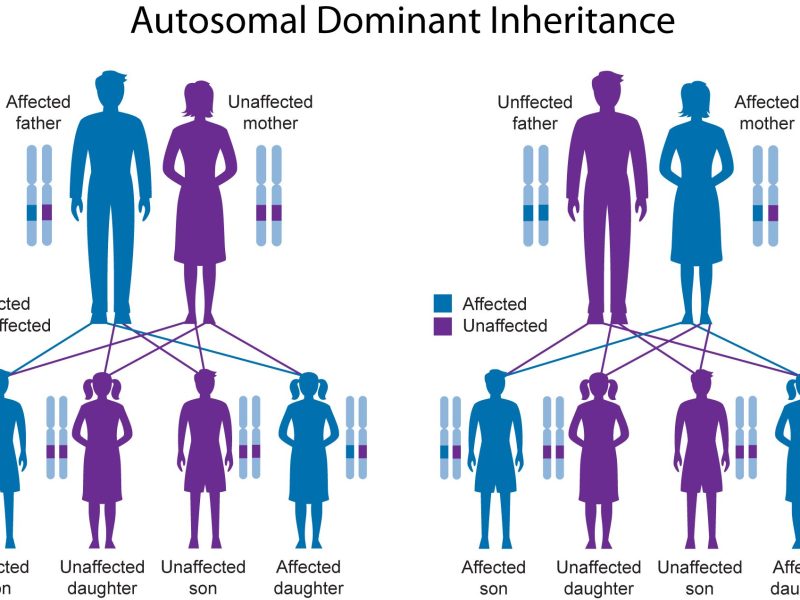Wooden house painting with glazes
The most important factor for high durability of the coating is in any case the structural wood protection in wooden houses.
If you have chosen a high-quality wooden house with sufficient constructive wood protection, you can actually do without the painting.
your house will then in the course of years what is appreciated by many as „silver-gray“, the wood weathers from the surface.
However, you support the attractiveness of your house especially if you paint it:
- With a glaze, the fresh wood character is preserved and can be supported in color. With a varnish you apply covering colors.
- With two operations your wood is permanently protected, 1 x priming, 1 x glazing.
Wooden house painting
1. Primer
A good primer is important for the durability of the coating. It should impregnate the wood as deeply as possible and thus keep moisture from the wood away from the coating layer, d.h. the richer, the deeper, the better.
This means: do not skimp on the application! However, the primer must be applied in one coat, because further coats are prevented from penetrating deeply by the first coat.
This also explains the second purpose of the primer: the protective binder of the glaze coating cannot penetrate into the wood.
Sawn wood blue stain should be prevented. If constructive wood protection is taken into account, chemical wood protection is largely unnecessary. Only the construction phase is critical, since the wood is not yet protected from rain by a roof here.
So: do not let wood get wet unprotected, build up the roof as quickly as possible!
There is natural oil impregnation primer, which is free of fungicides, but also one with fungicidal active ingredient, which in any case prevents the formation of blue stain.
A supplier’s impregnation does not give you the certainty that the impregnation has been carried out with the agent of your choice. In addition, usually the inside is also impregnated, so you have the fungicidal agent and possibly even insecticides in the house.
If possible, impregnate immediately upon delivery of the wood to the construction site. We recommend impregnation on all sides, but at least on the outer side to be glazed. The wood should be clean and dry (< 15% or. be chamber dry).
Apply natural oil impregnation primer with a wide glaze brush really richly. Application with a garden sprayer is particularly fast.
The optimal situation is when the wood is still shiny and wet one minute after application, and this excess is absorbed into the wood over the course of one hour.
The coverage depends on the absorbency of the wood. It is at approx. 10 sqm/l for planed pine wood (15% wood moisture). Can be painted over after 24 hours at 15 – 20 °C.
Tips and hints:
Highly absorbent parts, such as the face wood surfaces on logs, are more cost-effectively impregnated 2 times with LinTop linseed oil varnish. This results in a more homogeneous paint finish and prevents cracks from forming later on.
2. Glaze coat
One application of LinTop one-time glaze with a glaze brush in the direction of the wood fiber. The painting is good when the surface has a uniform gloss.
After approx. 3 years, when your house has reached equilibrium and excess tree resins have leaked out, a supplementary coat of glaze follows in summer.
The range is approx. 12 – 15 sqm/l per coat. Can be recoated after 24 hours at 15 – 20 °C.
Tips and hints:
At high temperatures and in blazing sun, special care must be taken to paint one plank after the other, otherwise heels would occur due to rapid drying.
If your wood home is set up and painted in the winter, apply an additional coat the following summer. This will increase durability.
When selecting the color tone, please bear in mind that glazes allow the substrate to show through and consequently the result also depends on the type of wood and its condition. All LinTop glazes can be mixed with each other and offer you many design possibilities.
Weather protection through pigmentation, colorless glaze
Now and then the wish is expressed for a colorless weather protection glaze. It should be clearly noted that the appropriate pigmentation significantly increases the weather resistance of the coating.
A colorless glaze in the weathered outdoor area is therefore less recommended, but without problems where the wood is not weathered. Another advantage of colored pigmented glaze is the optical leveling of defects in the substrate.


